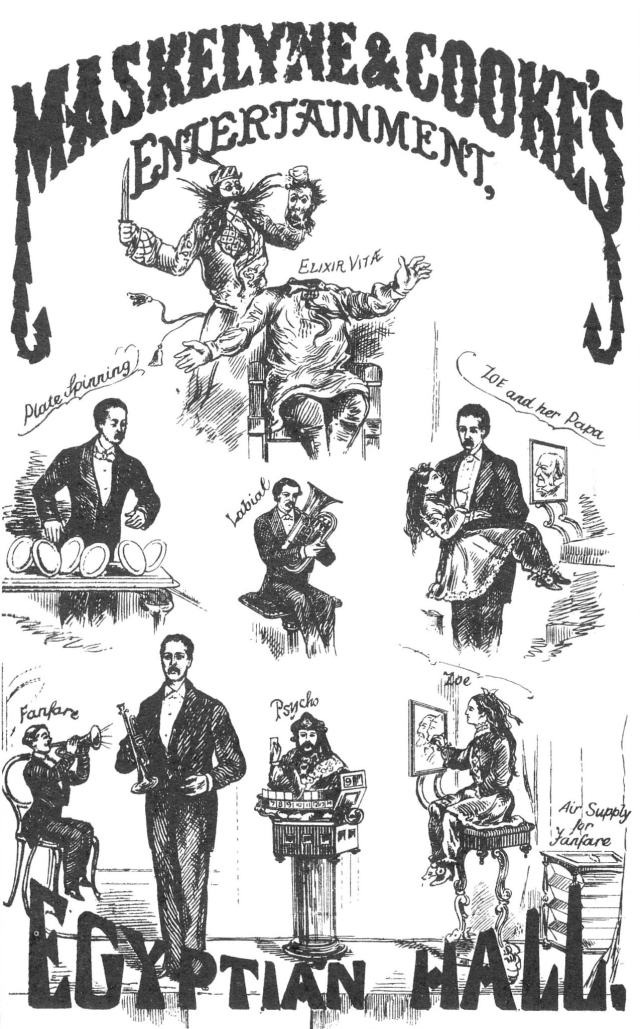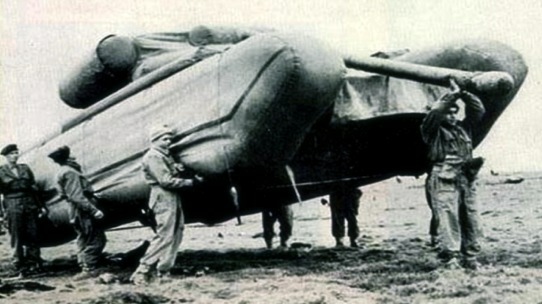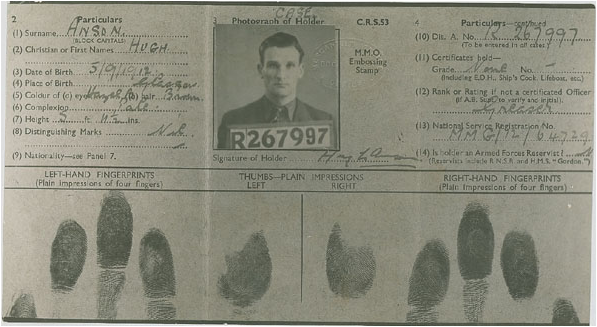 German scientist Ernst Haeckel made many contributions to the sum of human knowledge. He described thousands of species, coined scientific terms such as ecology and stem cell and made one of the first serious attempts to construct a tree of life based on evolutionary principles. He was also a talented artist, his book of illustrations, Kunstformen der Natur, having a major influence on early twentieth century art.
German scientist Ernst Haeckel made many contributions to the sum of human knowledge. He described thousands of species, coined scientific terms such as ecology and stem cell and made one of the first serious attempts to construct a tree of life based on evolutionary principles. He was also a talented artist, his book of illustrations, Kunstformen der Natur, having a major influence on early twentieth century art.
Haeckel summarised his most controversial theory with the phrase ‘ontology recapitulates phylogeny‘ meaning that the development of an organism (ontology) mirrors its evolutionary past (phylogeny). For example, he believed that in early stages of development the human embryo possessed fish-like features. It then progressed to a reptilian state followed by an early mammal form before becoming recognisably human.
 This idea combined with Haeckel’s stridently anti-religious outlook made him a target of public campaigns to discredit him. He was accused of modifying his illustrations of embryological forms to support his theory, which to some extent he probably did. Haeckal no doubt believed in recapitulation but in his earnestness he interpreted the superficial similarities between embryos and other animals as concrete evidence, not unlike the pareidolia suffered by Japanese paleontologist Chonosuke Okamura.
This idea combined with Haeckel’s stridently anti-religious outlook made him a target of public campaigns to discredit him. He was accused of modifying his illustrations of embryological forms to support his theory, which to some extent he probably did. Haeckal no doubt believed in recapitulation but in his earnestness he interpreted the superficial similarities between embryos and other animals as concrete evidence, not unlike the pareidolia suffered by Japanese paleontologist Chonosuke Okamura.
The theory of recapitulation has long been discredited but the idea that we retain some imprint of our distant evolutionary predecessors may not be so far-fetched.
Atavism, from the Latin atavus meaning great-great-great grandfather, is the phenomenon of an organism reverting to an ancestral form. Many examples of whales with hind legs have been recorded, occasionally with feet and toes, an atavistic throwback to their land-dwelling deer-like ancestors. There are also sporadic reports of horses with ulnas and fibulas, one of the pair of bones found in the fore and hindlimbs of many animals but which is normally absent in horses.
One of the most striking atavisms in humans is the occurrence of tails. True human tails are rare. They contain vertebrae, muscles and nerves and can be voluntarily moved.
In 2010, a report surfaced regarding a man in Texas who presented himself to hospital suffering from chest pains. Imaging showed that the structure of his heart resembled that of reptile, having only three chambers instead of the normal four.
So, why do atavisms occur? The genetic systems controlling embryological development are extremely complex and not fully understood. They are byzantine networks of switches, balances and final effects. A subtle change at a critical point can mean the difference between an arm and a leg or three toes instead of four. Perturbations to these networks in fruit flies can have bizarre results such as growing legs instead of antennae or forming eyes on wings.
An organism’s genome, like its body, contains vestiges of its evolutionary past – genes that are suppressed or genetic pathways that are blocked. Atavisms may be these vestiges re-emerging and interfering with the genetic controls that govern embryogenesis.













